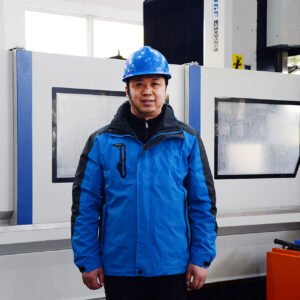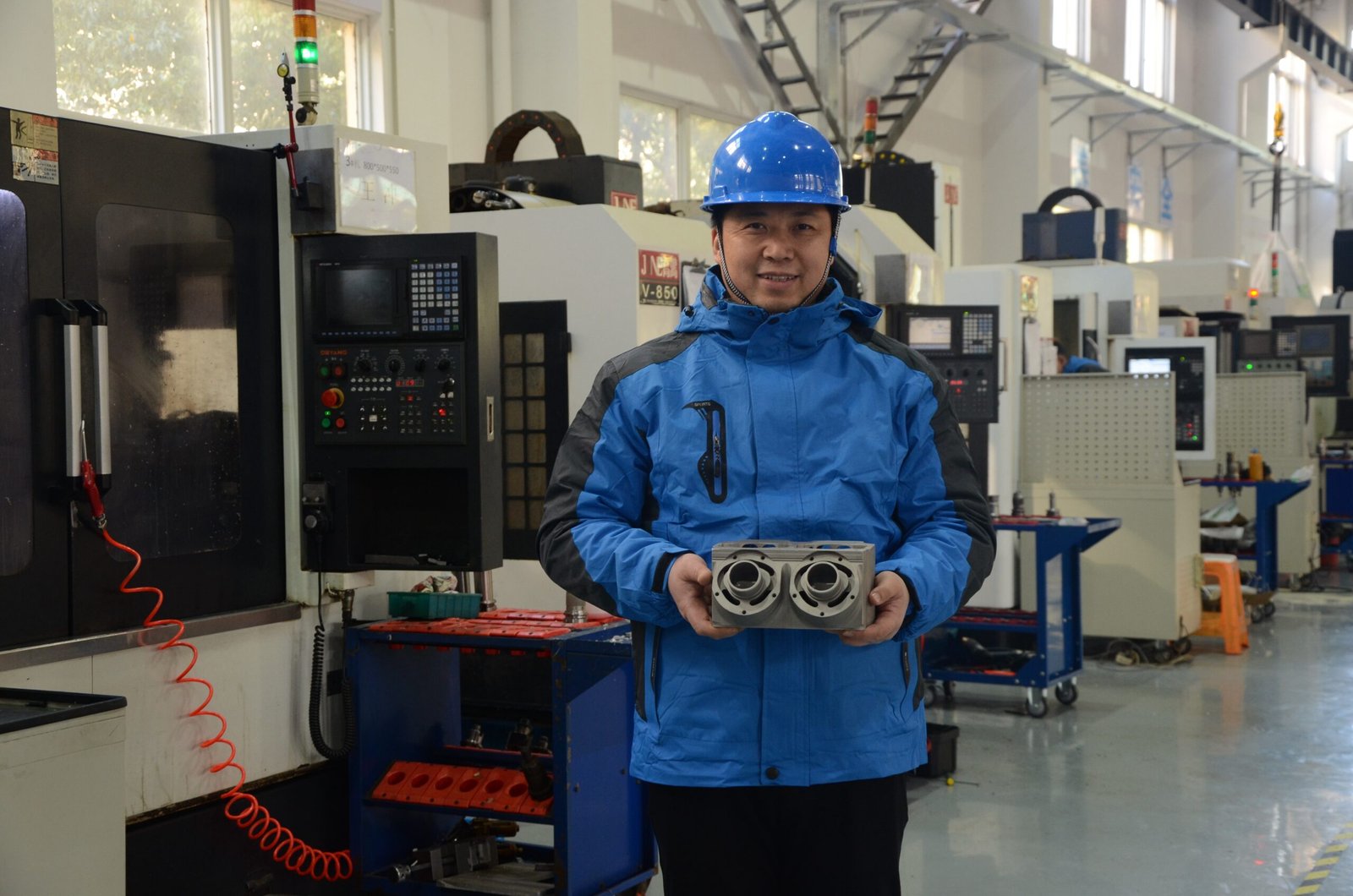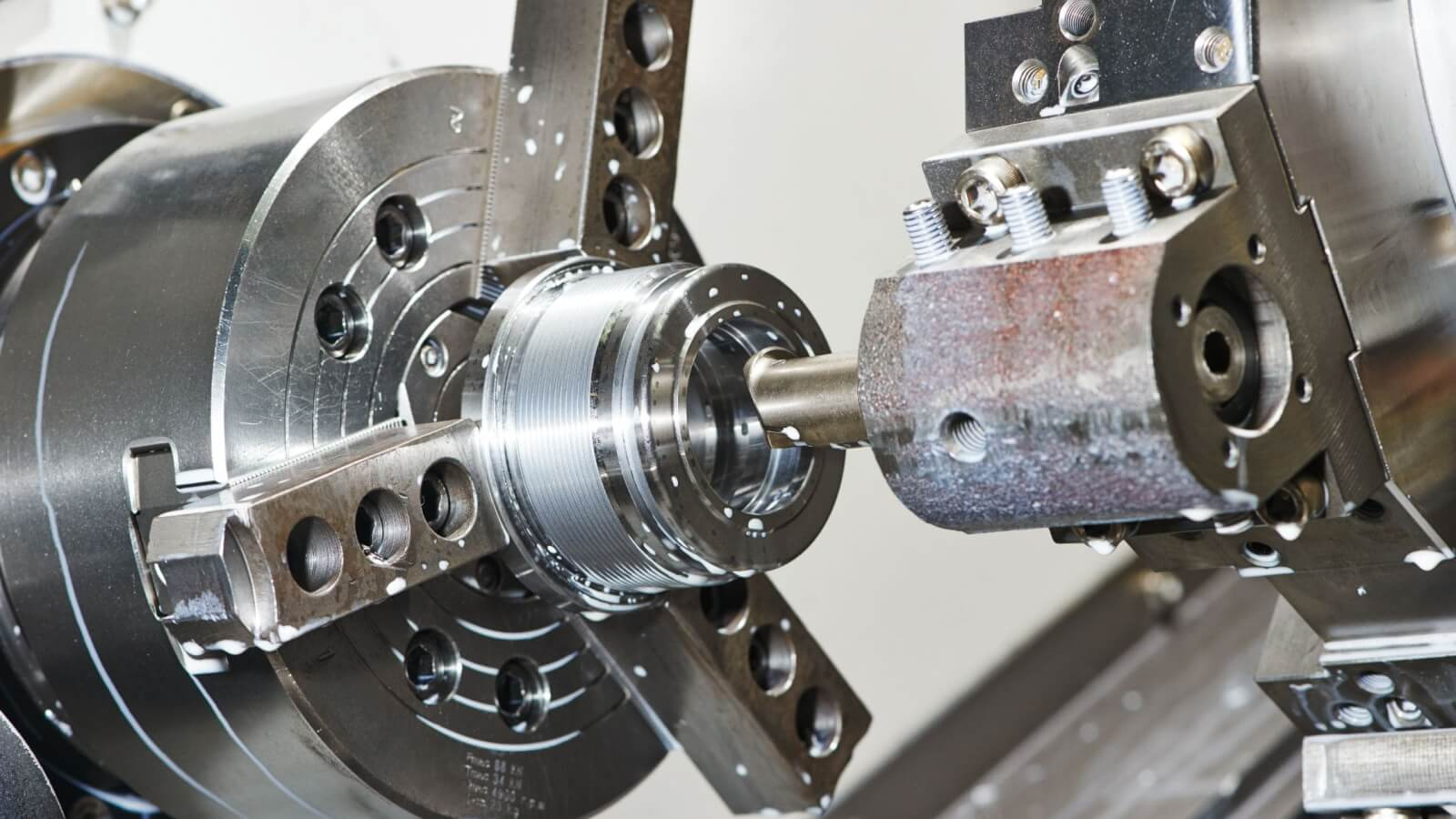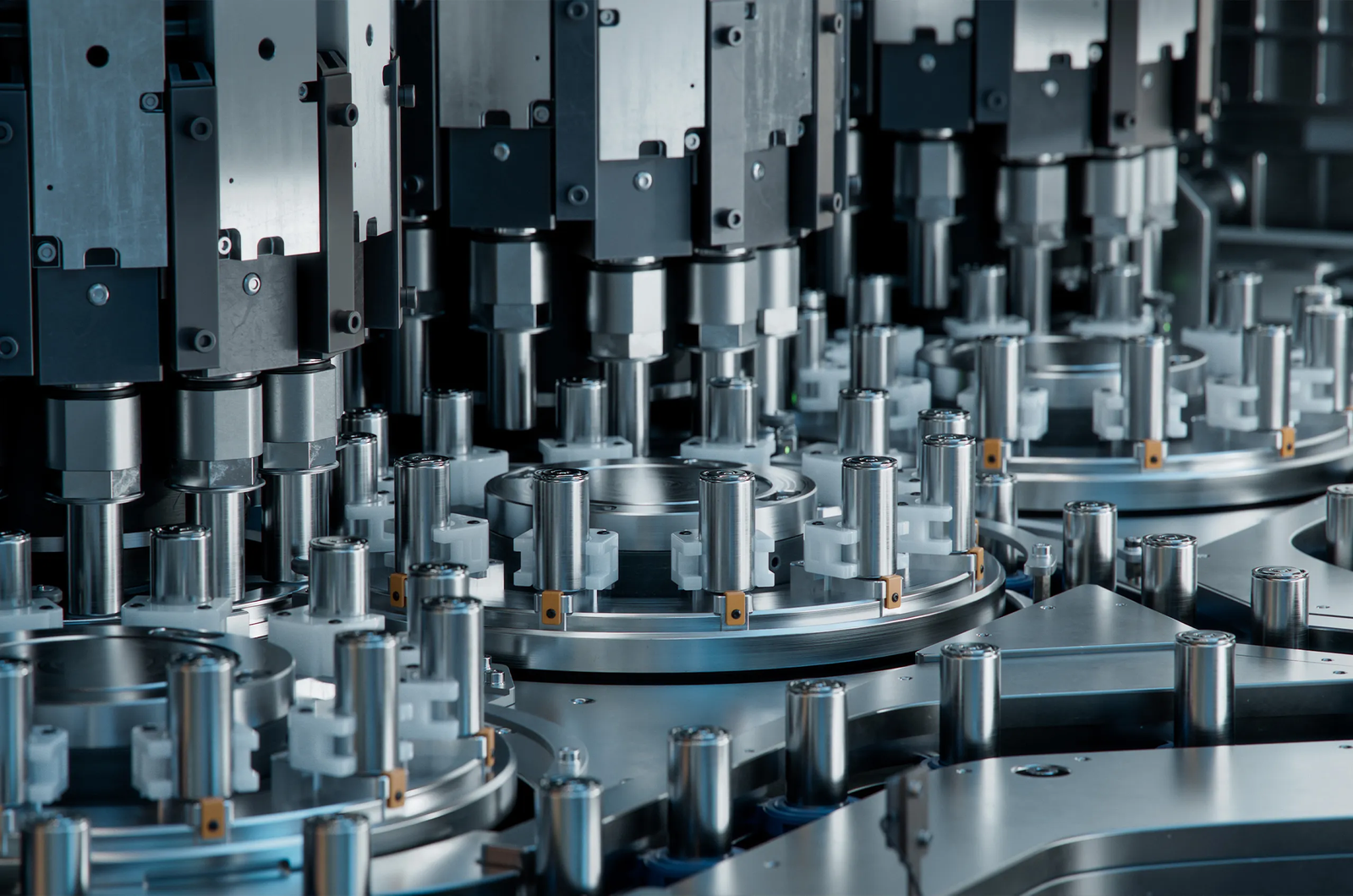Are you worried about the strength of your welded products? Welding porosity can cause significant problems. It may be an invisible issue, but it can compromise the quality of your work.
Welding porosity refers to the small holes or voids that form within a weld during the welding process. These voids can weaken the weld, potentially leading to failure.
![Welding Porosity(https://www.twi-global.com/technical-knowledge/job-knowledge/defects-imperfections-in-welds-porosity-042)<sup>[1]</sup>](https://bccncmilling.com/wp-content/uploads/2025/04/1-Welding-porosity.jpg)
Let's examine what welding porosity is, its causes, and how to address it. Continue reading to learn how to ensure your welds are strong and reliable.
What is Welding Porosity? How Does it Occur?
Are you concerned about tiny holes compromising the strength of your welds? Welding porosity might be the cause. Understanding what it is and how it occurs is crucial.
Welding porosity occurs when small bubbles or voids form inside the weld metal as it cools. These voids reduce the weld's strength, making it more prone to failure.

To understand the occurrence of porosity, let's delve deeper.
Causes of Welding Porosity
Porosity occurs when gases become trapped in the molten weld pool and cannot escape before the metal solidifies. Several factors can contribute to this:
| Cause | Description |
|---|---|
| Contaminated Materials | Rust, oil, or moisture on the base metal or welding wire can release gases during welding. |
| Shielding Gas Issues | Insufficient shielding gas flow or using the wrong type of gas can expose the weld to atmospheric gases. |
| Welding Technique | Incorrect welding parameters, such as excessive welding current or arc length, can create porosity. |
| Material Composition | Some metals, like aluminum, are more susceptible to porosity due to their high solubility of gases when molten. |
I've encountered porosity issues in my own shop. For instance, when welding custom auto parts, inadequate cleaning of the metal led to oil residue-induced porosity, resulting in weak welds. Subsequently, we ensured thorough cleaning of all materials prior to welding.
The Welding Process
The welding process itself can also contribute to porosity. As the welding arc melts the metal, it forms a molten pool. If this pool cools too rapidly, gases can become trapped. This is more likely to occur with certain welding techniques or improper welding parameter settings.
What Impact Does Welding Porosity Have on Product Performance?
Is welding porosity a minor issue, or can it significantly affect your product's performance? The truth is, porosity can have serious consequences.
Welding porosity can greatly impact the performance of a product. The small voids weaken the weld, reducing its ability to withstand stress or pressure. This can lead to failures and safety concerns.
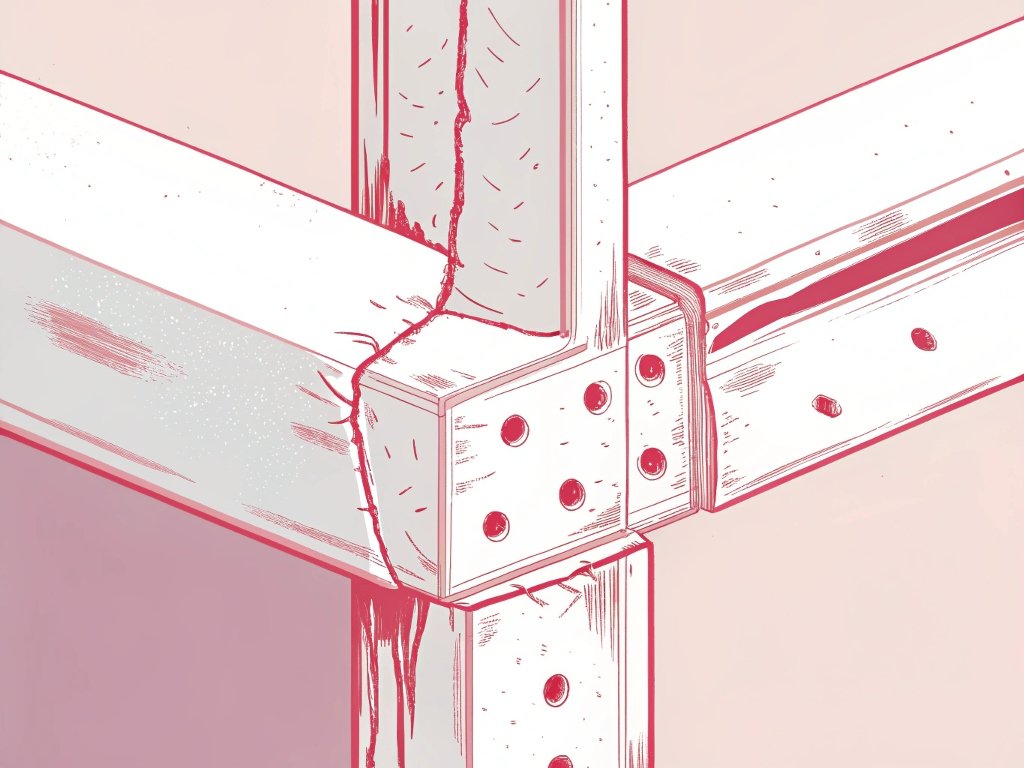
So, let's look at the impacts more closely.
Let's examine the impacts more closely.
Mechanical Properties
Mechanical Properties[2] are compromised by porosity, which reduces the effective cross-sectional area of the weld. Similar to drilling holes in a solid bar, porosity diminishes the weld's load-bearing capacity.
| Property | Impact of Porosity |
|---|---|
| Tensile Strength | Decreases the maximum stress the weld can withstand before breaking. |
| Yield Strength | Reduces the stress at which the weld begins to deform permanently. |
| Fatigue Resistance | Makes the weld more susceptible to cracking under repeated stress cycles. |
| Impact Toughness | Lowers the weld's ability to absorb energy during sudden impact, increasing fracture risk. |
In one project involving sailboat parts, insufficient attention to porosity led to weld failures during testing. The reduced strength resulted in cracks and breaks, necessitating extensive rework, which incurred time and financial costs.
Hermeticity and Corrosion Resistance
Porosity also creates pathways for liquids and gases to leak through the weld. In applications requiring a tight seal, such as vacuum chambers or pipelines, porosity can cause leaks and failures. Additionally, these voids can trap corrosive substances, accelerating corrosion and further weakening the weld.
How to Identify Welding Porosity? What are the Common Detection Methods?
How can you determine if your welds have porosity? Identifying it is the first step toward resolving the issue.

So, let's look at the impacts more closely.
Let's explore these methods in greater detail.
Visual Inspection
A simple visual check is often the initial step. Look for surface openings or irregularities on the weld. However, this method only detects porosity visible on the surface and will not reveal any hidden porosity within the weld.
Non-Destructive Testing (NDT)
Non-Destructive Testing (NDT)[3] methods enable the detection of porosity without damaging the weld. Here are some common NDT techniques:
| Method | Description |
|---|---|
| Radiographic Testing | Uses X-rays or gamma rays to create an image of the weld's internal structure. Porosity appears as dark spots on the image. |
| Ultrasonic Testing | Uses high-frequency sound waves to detect internal flaws. Sound waves bounce off porosity, creating echoes that are analyzed to find the size and location of the voids. |
| Dye Penetrant Testing | A dye is applied to the weld surface and drawn into any surface-breaking porosity by capillary action. Excess dye is removed, and a developer is applied to make the porosity visible. |
| Magnetic Particle Testing | Used for ferromagnetic materials. Magnetic fields are applied to the weld, and magnetic particles are sprinkled on the surface. The particles gather at porosity, making it visible. |
In our shop, we frequently utilize radiographic testing, which helps us visualize the weld's interior and detect any hidden porosity. We once identified a significant amount of porosity in a weld for a vacuum chamber. Without radiographic testing, the chamber would have leaked.
Destructive Testing
Destructive testing involves cutting the weld and examining it under a microscope. This method provides a detailed view of the porosity's size, shape, and distribution. However, it destroys the weld, so it's only used for sample testing.
How to Prevent and Reduce the Occurrence of Welding Porosity?
How do you prevent porosity in your welds? Several steps can be taken to minimize its occurrence.
Preventing welding porosity involves using appropriate materials, proper welding techniques, and thorough preparation. Following these steps can significantly reduce the chance of porosity and ensure strong welds.
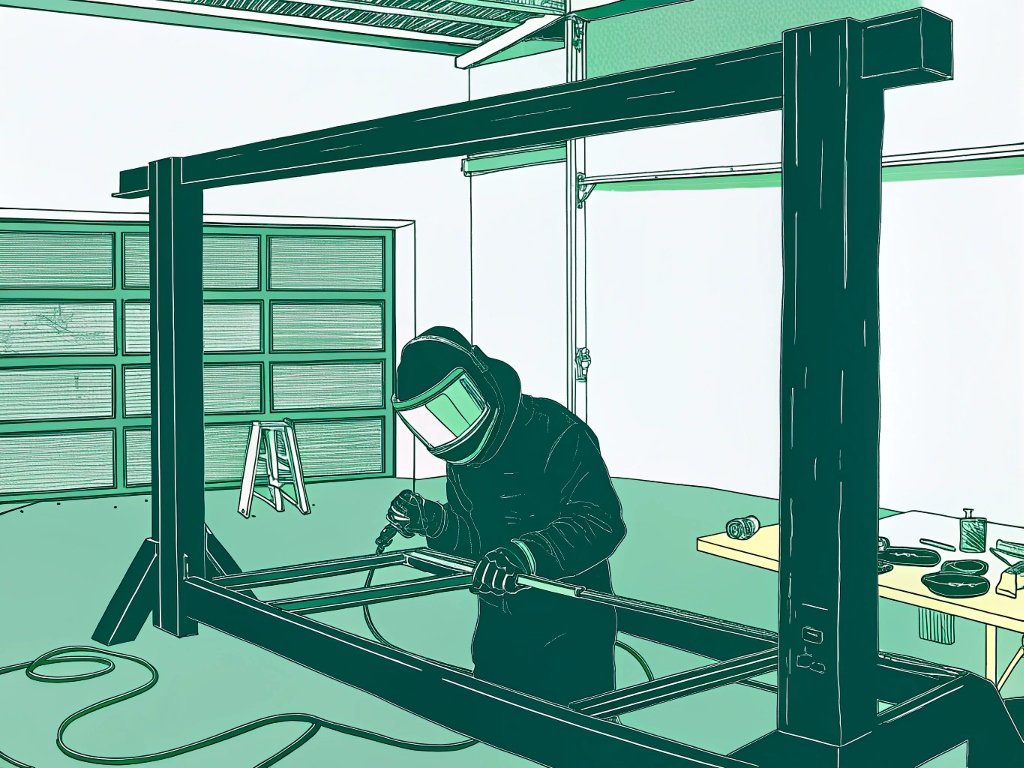
Let's explore the most effective ways to prevent porosity.
Material Preparation
Cleanliness is paramount in preventing porosity. Remove any rust, oil, grease, or moisture from the base metal and welding wire. Use a wire brush, grinder, or solvent to clean the materials before welding.
| Step | Description |
|---|---|
| Clean Base Metal | Use a wire brush, grinder, or solvent to remove any contaminants from the surface of the base metal. |
| Clean Welding Wire | Ensure the welding wire is clean and dry. Store it in a dry place to prevent moisture absorption. |
| Preheat Materials | Preheat the base metal to drive off any moisture and improve weldability, especially for thicker materials. |
I recall one instance where we skipped the cleaning step, resulting in welds riddled with porosity. We learned our lesson and now always ensure thorough cleaning.
Shielding Gas
Use the appropriate shielding gas for the material and welding process. Ensure the gas flow rate is correct and that there are no leaks in the gas delivery system.
| Gas Type | Application |
|---|---|
| Argon | Commonly used for welding aluminum, stainless steel, and other non-ferrous metals. |
| Helium | Provides a hotter arc and is often used for thicker materials or when higher welding speeds are needed. |
| CO2 | Used for welding carbon steel but can produce more spatter. |
| Argon/CO2 Mix | A common mix for welding carbon steel, offering a good balance of arc stability and spatter control. |
Welding Technique and Parameters
Use the correct welding technique and parameters for the job. Control the welding current, arc voltage, and travel speed to minimize porosity.
| Parameter | Impact on Porosity |
|---|---|
| Welding Current | Too high a current can cause excessive heat and gas formation, leading to porosity. |
| Arc Voltage | Incorrect arc voltage can affect the arc stability and shielding gas coverage, increasing the risk of porosity. |
| Travel Speed | Too fast a travel speed can trap gases in the weld pool, while too slow a speed can cause overheating. |
Conclusion
Welding porosity can significantly compromise product quality by weakening welds and making them susceptible to failure. By understanding the causes, detection methods, and prevention strategies, you can ensure strong and reliable welds.
[1]: Understanding welding porosity is crucial for ensuring strong welds. Explore this resource to learn more about its impact and prevention: Welding Porosity
[2]: Learn how porosity compromises weld strength and performance. This knowledge is vital for maintaining product integrity and safety: Mechanical Properties
[3]: NDT methods are essential for identifying hidden defects without damaging the weld. Discover effective techniques to enhance your inspection process: Non-Destructive Testing (NDT)

